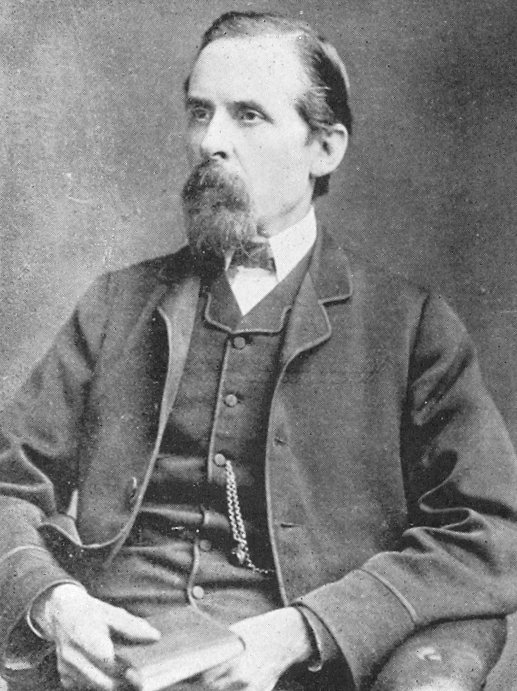|
Queen Street Free Library
The Council at once appointed the following committee to
organise and manage the free library. The members were
as follows:
Alderman Ironmonger, Alderman
Thomas Bantock, Henry Fowler, Sir John Morris, Alderman
James Walker, William Highfield Jones, F. Turton, J. E.
Underhill, Councillor J. W. Barker, Councillor F. Turton,
Councillor J. E. Underhill. To these were added the
following representatives of the ratepayers: Rev. J. H.
Iles, T. Beach, Sir Rupert Kettle, Dr. Langley, A. C.
Pratt, R. Markland, Joseph Shaw, and William Stamford. |
| Alderman James Walker was unanimously
elected chairman, a role he filled until his
death in 1883. Negotiations for the transfer
of nearly 2,000 books and furniture and fittings
etc. in the Queen Street building were carried
out and it was decided to take out a three year
lease on the building for use as temporary
accommodation for the new library. During the
three years, larger premises would be found.
The annual rent was £85. Four years later it
was sold to Henry Hayward.
By the end of September 1869, the building
had been completely renovated and painted. The
large room on the ground floor was filled with
desks.
This soon opened, but the library opened a
little later, on the 1st January, 1870. |

Alderman James Walker, JP.
|
|
Appointment
of Librarian
The committee realised
that the choice of an appropriate librarian
was essential for the future success of the
institution. The person chosen must have a
great deal of knowledge about books and a
great liking for them. He would also possess
a thorough knowledge of the local people and
have the ability and tact to adapt the
library to their varied tastes and
requirements. The person chosen for the post
was Mr. John Elliot, who had previously
worked as a compositor. He was an
enthusiastic worker who from time to time
introduced various improvements, which were a great success. |
|

John Elliot. |
|
The Opening
Ceremony
On the 30th September,
1870, the mayor, James Walker, along with the
leading inhabitants of the Borough and members and
officials of the Corporation, assembled at the
Town Hall in North Street and walked in
procession to the Free Library in Queen Street
to the sound of St. Peter’s Church bells.
Several speeches were given, starting with J. J.
Powell, followed by Sir Rupert Kettle, A. M.
Skinner (County Court judge), and others. The
mayor then declared the Free Library open.
After the event, the mayor
entertained 1,100 working men and their wives to
a substantial tea, and presented the library
with a complete edition of the Encyclopaedia
Britannica. |
|
Introduction
of the Elliot Indicator
John Elliot, seeing
that much time was lost in finding books,
invented an indicator. The ingenious device saved a
great deal of time to people using the library and to
the library staff. Since its
introduction, the Elliot Indicator has been
adopted in many of the leading public
libraries, not only in the United Kingdom,
but, in Canada, Australia, California, New
Zealand, and other places. It gained for
the Wolverhampton Free Library and the name
of its librarian, an almost world-wide fame.
The indicator consists
of a framework of wood, glass and metal. It
greatly simplifies the work of the librarian
and his assistants in giving out books to
borrowers and enables borrowers to see a
list of the books in the library and those
on loan. The library had nearly 10,000 books
in the collection, which was constantly
growing. |
|

The Elliot Indicator. |
|
Space was in short supply. By
1872 the collection contained around 10,200 books
and the number of users had greatly increased, both
in the library and the newsroom. It was absolutely
necessary to move to larger premises. The
Corporation owned an empty building in Garrick
Street, on the corner of Bilston Street that had
previously been the town’s police station. It had
some spare land and so was suitable for future
expansion. Behind was another empty building that
had been the town’s fire station. The Free Library
Committee became tenants of both buildings and the
empty land. In June 1872, after the buildings had
been suitably altered, the library moved from Queen
Street to Garrick Street. |
 |
|
 |
|
 |
Return to the
Free Library Act |
|
Return to
the contents |
|
Proceed to
Garrick Street |
|